
views
- Wringing your hands means holding your hands together and rubbing or twisting them, usually because you’re nervous or distressed about something.
- The term “hand-wringing” can also mean putting on a display of sorrow or sympathy about something, without actually doing anything to fix it.
- Frequent wringing of the hands can also be a symptom of mental health disorders, such as anxiety, depression, OCD, or bipolar disorder.
What does wringing one’s hands mean?
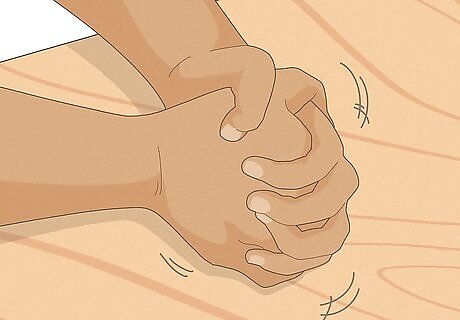
Wringing your hands means twisting and rubbing your hands together. It’s typically a nervous gesture, signaling that you’re anxious, worried, or upset about something. If you're reading somebody's body language and notice hand-wringing, there's a good chance they are experiencing these distressed feelings. Here are some examples of how the phrase is used: “She was so nervous before her big speech that all she could do was sit in the corner and wring her hands.” “I knew he was stressed when I saw him wringing his hands while he was waiting to get his grade back on the final exam.” “As time passed in the doctor’s waiting room, I realized that I couldn’t stop wringing my hands because I was so anxious.”
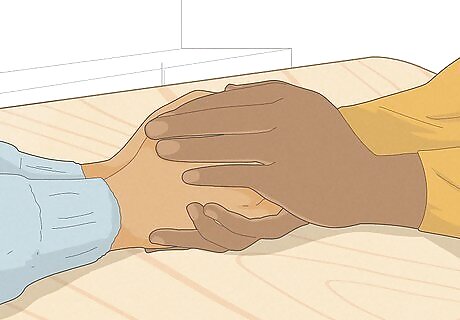
The term “hand-wringing” means expressing fake sorrow about something. It refers to someone who is putting on a display of sympathy or distress about a problem, without actually doing anything to fix it. The term usually has a negative connotation, but context is important to determine this. Here are a few examples of this usage: “There was a lot of hand-wringing and empty apologies when I filed a complaint, but no one actually offered any real solutions to the problem.” “The school board has done a lot of hand-wringing about how hard things have been for the teachers this year, but no one is actually taking any action to fix things.” “People are tired of the politician’s public hand-wringing about this issue without any real plans to make things better.” An example with a less negative connotation might be, “I’ve been so anxious about this problem, but I’m done hand-wringing. I’m ready to take action!”
What does wringing one’s hands mean psychologically?
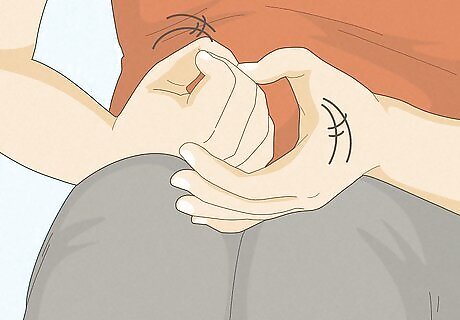
Anxiety and stress Hand-wringing can be a self-soothing behavior that people engage in when they’re anxious or stressed. For some, the repetitive movement offers a sense of comfort, control, and calm. This isn’t necessarily a bad thing, but too much hand-wringing may cause skin irritation or soreness. If this sounds like you, here are some tips to stop hand-wringing and calm your stress or anxiety: Keep your hands busy with another activity, such as knitting, crocheting, drawing, or doing crafts. Incorporate calming practices like deep breathing, meditation, or yoga into your routine. Stay physically active and exercise regularly. Exercising for about 30 minutes per day has been shown to significantly reduce anxiety symptoms.
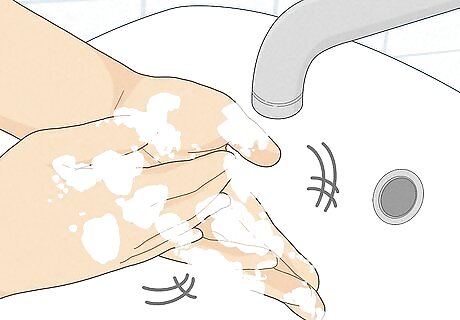
Obsessive-compulsive disorder (OCD) People who have OCD experience frequent unwanted thoughts or fears (known as obsessions). To get rid of these obsessions, they feel compelled to perform repetitive behaviors (known as compulsions). For some people with OCD, repetitive hand-wringing can be one of these compulsions. If you’ve been struggling with OCD, a licensed therapist or psychiatrist can help you manage your symptoms and come up with a treatment plan that works for you. Ask a trusted friend or family member for a referral if they work with a therapist, or check out online directories to choose the right therapist for you.
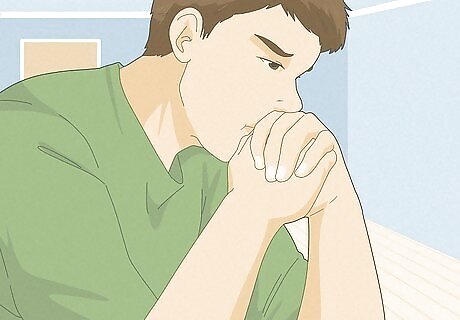
Agitated depression Restless behaviors like hand-wringing can also be a symptom of Agitated Depression (AD). AD isn’t an official diagnosis—it’s a term used to describe the agitation some people experience as a symptom of depression. In addition to hand-wringing, AD behaviors include fidgeting, nail biting, picking at skin, pacing, rocking, and racing thoughts. If you’re dealing with AD, here are some tips to help calm your symptoms: Channel your restless energy into something active, like jogging, hiking, or cycling. This can distract you from any racing thoughts while also reducing anxiety and stress. Take 5-10 minutes daily to write down any racing thoughts that have been causing you distress. This cathartic practice can help you process and release these thoughts.

Bipolar disorder Some people with bipolar disorder experience psychomotor agitation, which is uncontrollable movement due to restlessness, tension, or anxiety. These movements include hand-wringing, tapping, pacing, inability to sit still, and fidgeting. If you’re dealing with this symptom of bipolar disorder, deep breathing, meditation, and journaling can help you manage your symptoms. Taking a walk or doing something active can also help you dispel some of your restless energy.
Key Takeaways

Wringing your hands is a normal behavior when you’re worried or anxious. Excessive or repetitive hand-wringing can sometimes be a sign of mental health problems like OCD or agitated depression, but this would only be the case if you’re experiencing other symptoms of these disorders, as well. Occasional hand-wringing alone is unlikely to be an indicator of these conditions, and it probably just means you’re stressed out. If you’re feeling anxious or stressed, be kind to yourself, and try out relaxation techniques like deep breathing, meditation, or yoga. These things can help reduce your stress, which will in turn help you stop wringing your hands.


















Comments
0 comment